I’m British, and as such I’m interested in how, with the aid of the net, traditions from overseas have spread and converged with this small island I call home. Halloween is a good example – instead of dressing up as bed-sheet ghouls or plastic vampires, such as we were formerly accustomed to, we now dress up as Kim Kardashian, or Highway 61-era Dylan; such has been the strange, American compulsion to mimic celebrities, alive and dead, on a pagan holiday – it just never crossed our tiny minds before we saw you doing it first. Slowly and gradually we’ve also integrated ‘baby showers,’ and the Mexican tradition of Piñata: these are just a few commonplace things which have been up-rooted from their emergent cultures and passed onto others on a hand-me-down basis. While some would cynically label this as a direct result of an ever pervasive form of Americanization, in truth many of these traditions have been passed along quite naturally; not necessarily installed by conglomerates or government incentives, but passed on by the people, everyday citizens – such is the rootsy, down-to-the-ground sense of democracy that the web helps to create and, in turn, to directly inspire.
Naturally, these changes affect our cultural lives, too; music, in particular, is no island. When it comes to art, these changes tend to take place on a more intrinsic level, a level which is difficult to track with the human eye, at least until the cultural dust has settled. However, I would argue that the single biggest change that the Internet has reaped on the music scene at large relates to how these interconnected systems actively challenge notions of authenticity in music. While indie-heads in particular preoccupy themselves and their sleepless nights with questions of authenticity—we get notoriously upset when a once-cherished artist suddenly begins to receive radio-play, for example—the Internet in a sense leaves everybody overexposed. In particular, what are the relations between the folk music of the American Midwest in comparison with today’s new waves of folk? It seems plain to me that folk music has become less a concrete genre, more an elaborate piece of musical role play, arguably even more ostentatious and posturing than the ornamental make-up wearers of dark wave music.
For many recording artists today, the music of the American Midwest still provides a wellspring of inspiration. While some modern-day folkies chose to directly replicate this early 20th Century music, simply copying the bible of early American guitar music into their notebooks, others chose to extemporize, re-locating the genre entirely and adding their own idiosyncratic spin on the music, transplanting the American Midwest to the barren deserts of the Australian outback, or to the concrete jungles of Birmingham, England. Subsequently, modern day practitioners of all things Midwestern approach this historic form of American music through a well-studied, almost pedagogical approach; these are the gawky, wide-eyed students who have been inspired, paradoxically, by the cocksure strut of the genre’s rugged, hard-edged proponents. Lord only knows that, since we’re talking authenticity here, the likes of Johnny Cash and Townes Van Zandt would make stringy buckwheat of their modern-day interlopers, with their glitzy iphones and rumpled-before-purchase mountain-wear.
As a light of ever-increasing clarity shines down on even the darkest recesses of the globe, it’s clear that in this increasingly interconnected world, 20th century music has lost much of its authentic shine; traditions born in one place can now, with alternate degrees of perversity, skip across large regions of space, transplanted to entirely new locations. These changes affect the music quite directly. In the case of blues and folk music in particular, romanticism and nostalgia have actively invaded the format. Back in the day, folk music served to highlight the dividing line, often wall thick at best, between blue-collar destitution and the ravaging forces of nature, containing lyrics, which, from the vantage point of today, seem almost mythical by comparison. Today, virtually everyone is wearing an elaborate Halloween mask; in the new waves of folk, everyone’s a pretender of sorts.
John Cale, ever the visionary, was on top of these trends as far back as 1974, with his song ‘Buffalo Buffet’. Consisting of some drowsy piano licks and Cale’s dreary vocal tones, the song solemnly honors the now-lost tradition of 20th Century American folk music: “tracks were lain across the plain/ By broken old men in torrid rains/ The towns grew up and the people were still/ Sleeping in the midday sun.” Interestingly, Cale attempts to sketch an exact and precise moment marking a cultural change, as the towns-folk remain drowsy and dozing all the while, oblivious. Just as the terrain changes, so in turn does the spirit, and so does the general state of mind – these changes themselves are far too ephemeral and slippery for historical records to re-account with any concise degree of validity.
We can gain much through looking at the popular culture of the past – popular culture is always there to be dissected and cross-examined in order to help us understand previous ways of thinking, previous ways of existing. Today music listeners are more discerning; the most politically attuned will scan for elements of misogyny and racism in popular songs. As attitudes change, so in turn does our conception of the hero and the villain as opposing forces. Take the gun-toting hero from Marty Robbins’ ‘El Paso,’ for example. The song is a fairly typical tale of male protagonist attempting to get the girl. A feminist reading of the song might scorn the reprehensible actions of the male protagonist, as his “fair maiden” comes across as little more than a simple cardboard cut-out, as the feckless hero trudges on, seemingly content to play out his death wish in the fight for his object of lust. Today, these kinds of narratives, where the male protagonist dumbly risks both life and limb for the female item of his desires might strike us as a somewhat estranged form of songwriting. As attitudes change, so too does the culture.
These changes can happen less organically, also. Historically, we’ve seen how blues music, once a form of musical identity forged by black slaves, has graduated into an undignified form of predominately white, middle-class music, in very much the same way that rap has undergone its own bastardisation into the confines of the mainstream. The dissolution of blues music and hip hop into a commercial, material-obsessed and pro-capitalist frivolity actively contradicts everything that the music’s progenitors intended. The music becomes a parody watched by an audience who are all too unaware of the punch line. A once vibrant music is de-politicized, rendered stagnant by popular request.
It’s a habit of music critics to bleat endlessly about authenticity in music, but in an increasingly interconnected world, genres ironically become estranged from their roots and with that, music scenes and cliques of culture tend to not develop quite so naturally, rendering displacement, inauthenticity and a struggle to forge an original artistic identity somewhat inevitable. The sad state of things is that Tom Waits, despite his love of sea shanties, is actually prone to sea seasickness; Mick Jagger always did prefer his sideline job in accounting to his time as leader of The Rolling Stones. It’s not all bad, though: multi-instrumentalist Beck Hansen believes that when a person is born, they inhabit the spirits of 2,000 aliens that they must eventually get rid of, as per the sermons of Ron L Hubbard. In the most obscure of ways, you could say that he’s one of a remaining few who are still keeping it real.

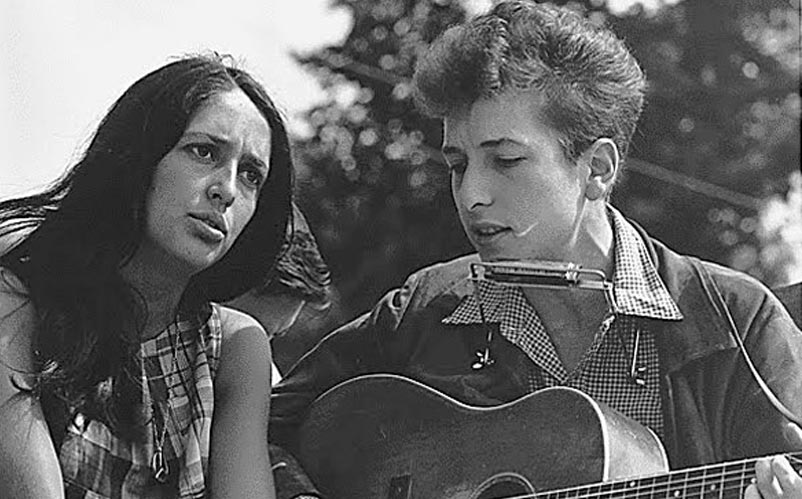





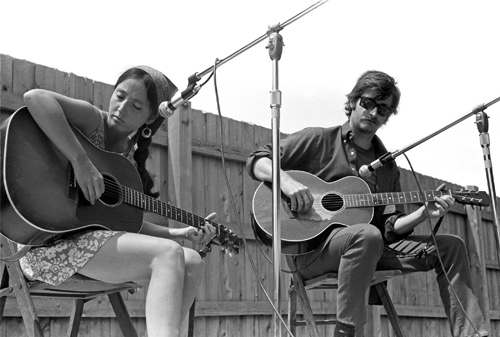

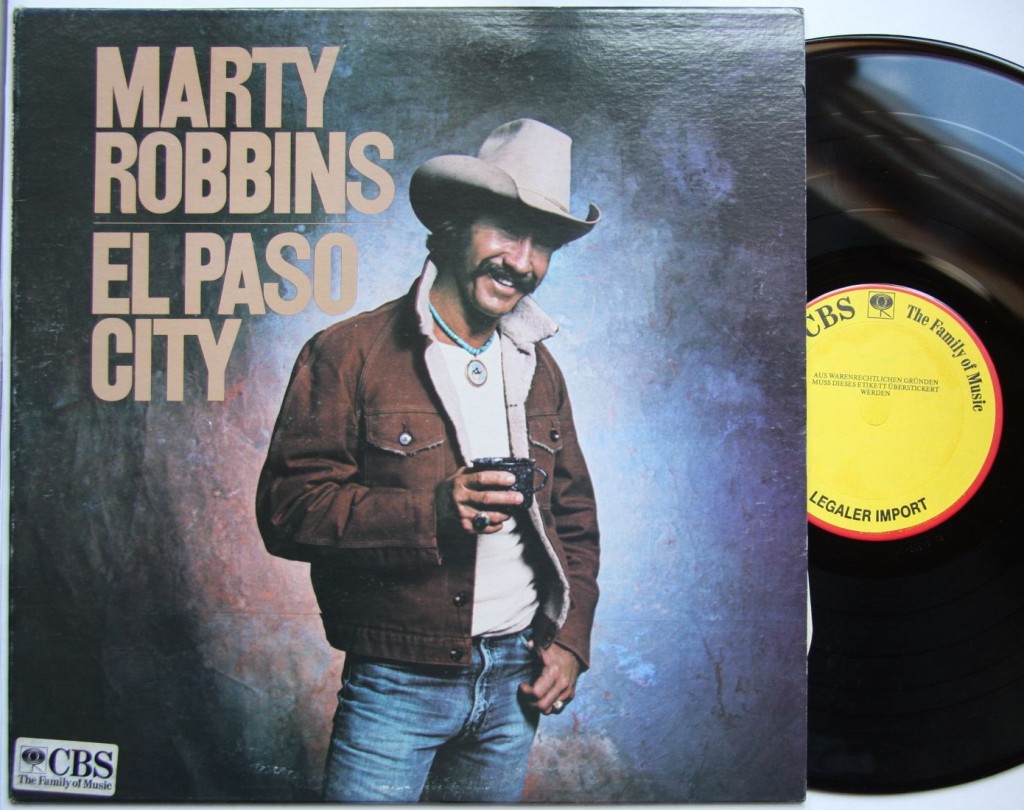
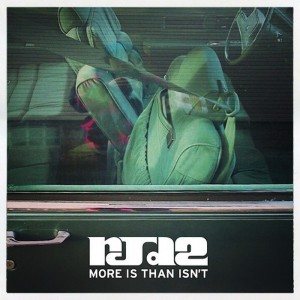
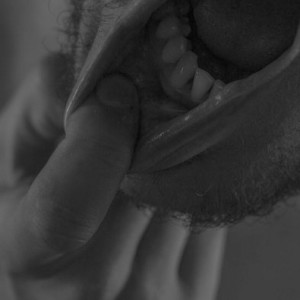
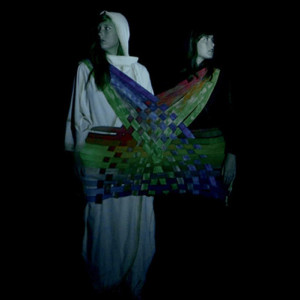
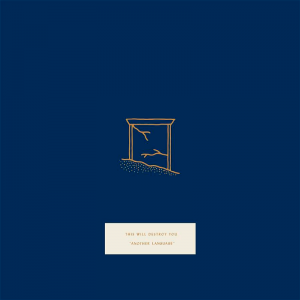
Leave a reply